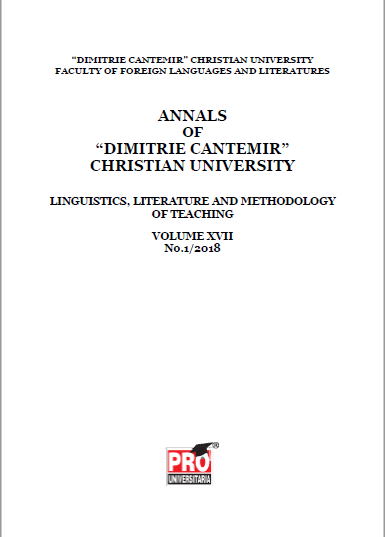UNESCO’s Humanity of Hope - The Orient Catalogue and the Story of the East
UNESCO’s Humanity of Hope - The Orient Catalogue and the Story of the East
Author(s): Miia HuttunenSubject(s): Cultural history, Cataloguing, Film / Cinema / Cinematography
Published by: Editura Pro Universitaria
Keywords: UNESCO; adaptation; hope; the East; cinema;
Summary/Abstract: This article analyses UNESCO’s (the United Nations Educational, Scientific and Cultural Organization) early attempts to propagate the ideal of hope in the pursuit of the organisation’s agenda of “the intellectual and moral solidarity of mankind”. An early example of such an endeavour is a film catalogue project carried out by UNESCO and the British Film Institute in the midst of the Cold War and at the peak of the decolonisation process. Titled “Orient. A Survey of Films Produced in Countries of Arab and Asian Culture”, the catalogue was published in 1959 with the aim of familiarising Western audiences with Eastern cultures to forge solidarity of humankind through the promotion of intercultural understanding. In this article, I approach the catalogue as part of UNESCO’s attempts to adapt to a changing world. The catalogue included 139 feature films, 75 percent of which were produced in Japan, India and the U.S.S.R. This article analyses the plot summaries of the collection of films produced in these three countries to explore how the catalogue was used to employ the rhetoric of hope through the stories told in the plot summaries. I suggest that with the catalogue project, UNESCO argued for the importance of adapting to a new world in which humanity was not to be divided by internal differences but rather united by hope for a better future.
- Issue Year: 2018
- Issue No: 1
- Page Range: 81-103
- Page Count: 23
- Language: English

